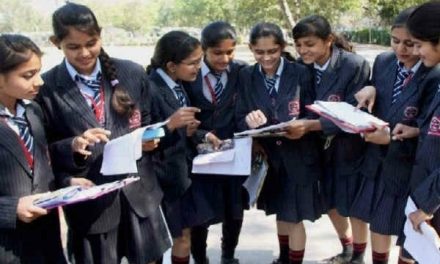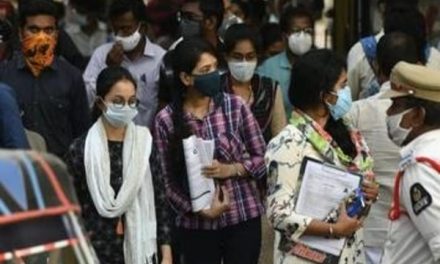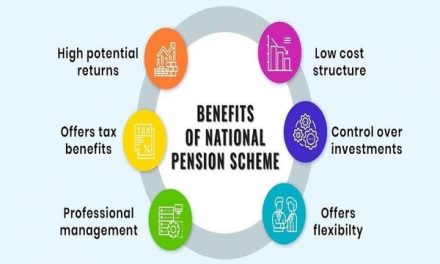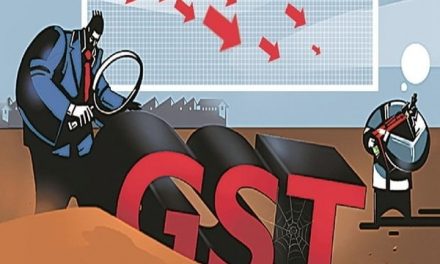When will states run out of beds: Amid the ongoing coronavirus disease 2019 (COVID-19) outbreak, most states will run out of available intensive care unit (ICU) hospital beds by mid-April, according to a new analysis by Array Advisors.
As India takes war-like measures to prevent the spread of the novel coronavirus (Covid-19), it is important to understand the risk that we face if no mitigating measures are taken to deal with an unprecedented health crisis.
If Covid-19 cases keep multiplying at the current rate and do so for a sustained period, India’s hospitals may be overwhelmed by the end of May, or even sooner in an extreme scenario. Further, some states will reach a point where they will not have enough hospital beds to treat critical Covid-19 patients much sooner than others, notably Kerala, Maharashtra, Delhi and Punjab.
To study how states and union territories (UTs) are equipped to deal with the Covid-19 outbreak under six case-growth scenarios, we have developed a basic model that is built on three variables.
The first variable is the number of hospital beds. The NHP (National Health Profile), 2019, gives the number of public-hospital beds in each state and UT. but there is no updated state-level dataset for private-hospital beds, we extrapolated these numbers based on the hospitalization percentages across the public sector and private hospitals sourced from a 2017-18 National Sample Survey Office (NSSO) survey (bit.ly/2JcIHc5). Among states, hospitalization at public facilities (barring childbirth) ranged from 21% in Telangana to 95% in Tripura.
For example, public hospitals accounted for 22.2% of hospitalizations in Maharashtra, which had 68,998 public beds.
Extrapolating this for private beds, we arrived at 241,804 private beds and 310,802 total beds for Maharashtra. And, a pan-India hospital bed count of 2.02 million.
The second variable is the case incidence. To estimate Covid-19 cases, we considered three scenarios, with cases doubling every 3 days, 6 days and 12 days.
India was initially on a trajectory where cases doubled every 6 days.
This week’s spike means India is veering towards the scenario in Italy, where cases are doubling every 3 days. With lockdown measures being enforced across India, it remains to be seen if the rise in cases will taper.
The rate of testing for Covid-19 in India remains extremely low. As of 22 March, only 17,000 people had been tested.
Therefore, we have taken ‘estimated cases’ as 5 times the number of ‘confirmed cases’—a rule of thumb calculation considering only 1 in 5 cases show severe symptoms, as confirmed by medical research.
Further, our model considers 15% of estimated cases as ‘critical’ (who would require hospitalization), as cited by medical research.
The third variable is the elderly population, who are more vulnerable to Covid-19. We have augmented the above-mentioned 15% figure by the percentage of the population aged 60 and above. At the all-India level, 8.3% of the population was aged 60 years or above.
At the state level, this ranges from 4.6% in Arunachal Pradesh to 13.5% in Kerala. Other states where this figure exceeds 10% are Goa, Tamil Nadu, West Bengal and Jammu and Kashmir.
The accompanying graphs outline six scenarios of the interplay between infection spread and healthcare capacity at the state or union territory level. Three of these scenarios are where 50% of hospital beds are available for Covid-19 hospitalizations, and cases are multiplying every 3, 6 and 12 days. The other three scenarios are where 75% of hospital beds are available and another 20% capacity has been added, while cases multiply every 3, 6 and 12 days.
This analysis does not factor in patients released from hospitals. Further, the scenario for Kerala and Maharashtra, which have reported a large number of cases, and faster growth this week, look grim. By comparison, states such as Bihar and Odisha, which have reported only a handful of cases, are better off.
For both sets of states, however, the numbers can reverse: For Kerala and Maharashtra if they manage to contain the spread; for Bihar and Odisha, if cases spike.
With reports of new departments and hospitals being set up, we have considered scenarios where 75% of beds are available and an additional 20% capacity created.
In a 6-day doubling scenario, India will still run out of hospital beds on 9 June, and the same states will feel the pressure as in the base-case scenario.
While this analysis only considers hospital beds, specific infrastructures, such as isolation wards, intensive care unit (ICU) beds and ventilators, will also be critical. Their numbers are even more inadequate.
The analysis underscores the need for effective social isolation and quarantine to check the spread of Covid-19—and prevent the healthcare system from being overwhelmed.
Last night’s unexpected announcement of a 21-day hard lockdown can be and, perhaps will be, a matter of national debate in the coming days.
But without some form of quarantining, India might have paid a heavy price in the months to come.












